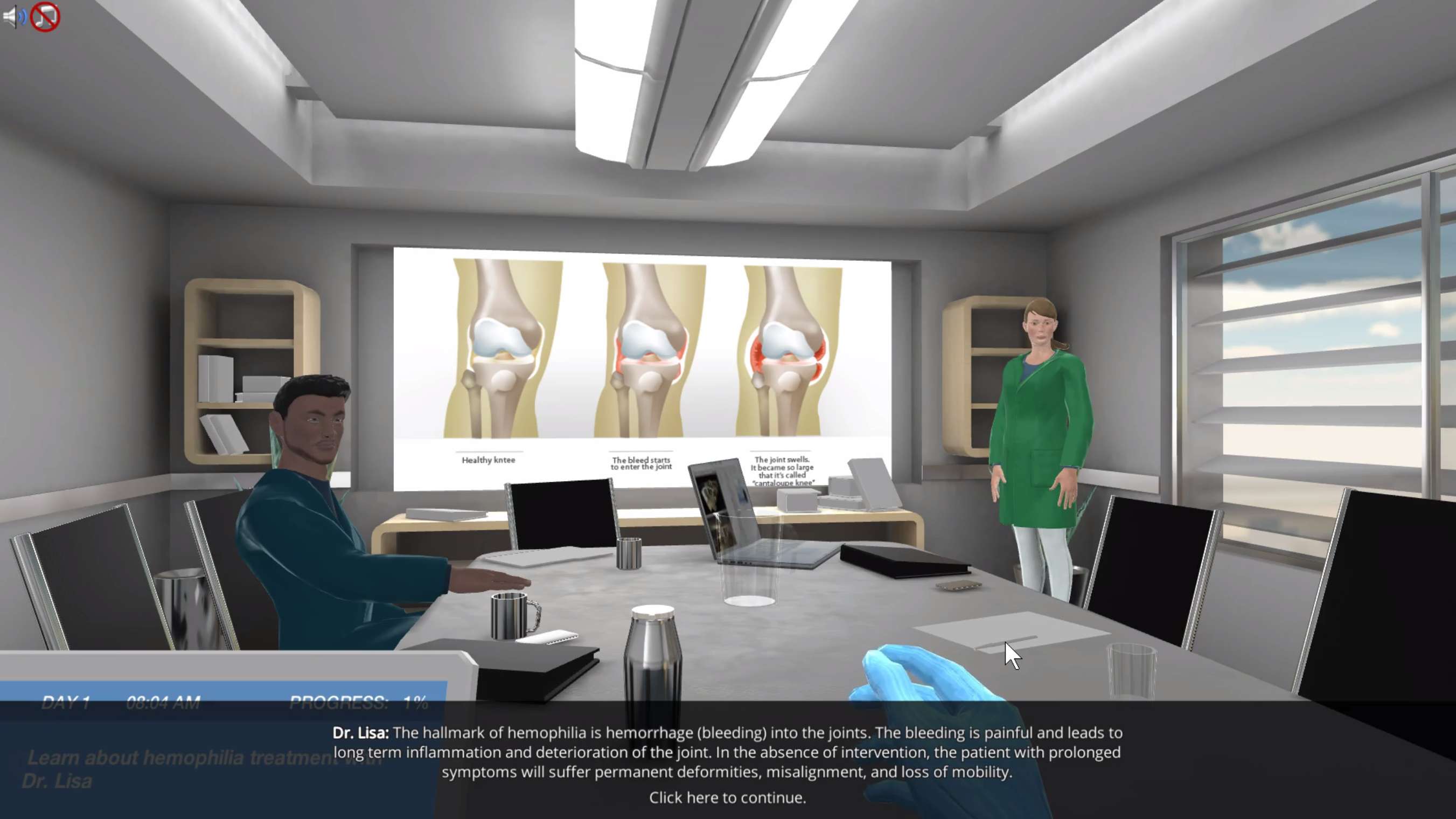Heading 1
Heading 2
Heading 3
Heading 4
Heading 5
Heading 6
Lorem ipsum dolor sit amet, consectetur adipiscing elit, sed do eiusmod tempor incididunt ut labore et dolore magna aliqua. Ut enim ad minim veniam, quis nostrud exercitation ullamco laboris nisi ut aliquip ex ea commodo consequat. Duis aute irure dolor in reprehenderit in voluptate velit esse cillum dolore eu fugiat nulla pariatur.
Block quote
Ordered list
- Item 1
- Item 2
- Item 3
Unordered list
- Item A
- Item B
- Item C
Bold text
Emphasis
Superscript
Subscript
About This Simulation
Help a scientist detect and quantify proteins by using one of the most popular techniques in molecular biology.
Learning Objectives
- Explain the principle of different ELISA techniques
- Apply sandwich ELISA to quantify protein samples
- Analyze the standard curve of ELISA experiment
- Understand the function of reagents and equipment used in ELISA
- Describe the basic troubleshooting process of ELISA
About This Simulation
Lab Techniques
- ELISA
Related Standards
- No direct alignment
- No direct alignment
- No direct alignment
Learn More About This Simulation
Trying to capture a specific protein amongst thousands of types of proteins is like looking for a needle in a haystack. In the ELISA simulation, you will join scientists who are using a groundbreaking technique for detecting and quantifying substances, such as protein. The method is called Enzyme-linked immunosorbent assay (ELISA). You will help Dr. Lisa quantify Factor IX protein, which is used for hemophilia drugs.
Detecting Factor IX
In the simulation, Dr. Lisa is working on producing protein used for treating hemophilia patients. The protein is called Factor IX. She produces them in different cell lines. However, she needs your help to determine which cell lines produce Factor IX the most. To help Dr. Lisa, you will perform an ELISA technique.
Performing ELISA
Scientists have developed numerous kinds of ELISA. You will learn the principles of the most common ELISA method. ELISA is about antibody and antigen, which you should already be familiar with. Once you understand the principle of each type of ELISA, you will have to decide which ELISA technique you want to use.
Analyzing the results
Not all experiments run smoothly. In this simulation, you will compare good and bad results. By comparing the results, you will be able to perform basic troubleshooting for your results. Finally, you will interpolate your data to find out which cell lines are producing Factor IX the most.
Will you able to help Dr. Lisa in reducing the production cost of hemophilia drug?
For Science Programs Providing a Learning Advantage
Boost STEM Pass Rates
Boost Learning with Fun
75% of students show high engagement and improved grades with Labster
Discover Simulations That Match Your Syllabus
Easily bolster your learning objectives with relevant, interactive content
Place Students in the Shoes of Real Scientists
Practice a lab procedure or visualize theory through narrative-driven scenarios


FAQs
Find answers to frequently asked questions.
Heading 1
Heading 2
Heading 3
Heading 4
Heading 5
Heading 6
Lorem ipsum dolor sit amet, consectetur adipiscing elit, sed do eiusmod tempor incididunt ut labore et dolore magna aliqua. Ut enim ad minim veniam, quis nostrud exercitation ullamco laboris nisi ut aliquip ex ea commodo consequat. Duis aute irure dolor in reprehenderit in voluptate velit esse cillum dolore eu fugiat nulla pariatur.
Block quote
Ordered list
- Item 1
- Item 2
- Item 3
Unordered list
- Item A
- Item B
- Item C
Bold text
Emphasis
Superscript
Subscript
A Labster virtual lab is an interactive, multimedia assignment that students access right from their computers. Many Labster virtual labs prepare students for success in college by introducing foundational knowledge using multimedia visualizations that make it easier to understand complex concepts. Other Labster virtual labs prepare learners for careers in STEM labs by giving them realistic practice on lab techniques and procedures.
Labster’s virtual lab simulations are created by scientists and designed to maximize engagement and interactivity. Unlike watching a video or reading a textbook, Labster virtual labs are interactive. To make progress, students must think critically and solve a real-world problem. We believe that learning by doing makes STEM stick.
Yes, Labster is compatible with all major LMS (Learning Management Systems) including Blackboard, Canvas, D2L, Moodle, and many others. Students can access Labster like any other assignment. If your institution does not choose an LMS integration, students will log into Labster’s Course Manager once they have an account created. Your institution will decide which is the best access method.
Labster is available for purchase by instructors, faculty, and administrators at education institutions. Purchasing our starter package, Labster Explorer, can be done using a credit card if you are located in the USA, Canada, or Mexico. If you are outside of North America or are choosing a higher plan, please speak with a Labster sales representative. Compare plans.
Labster supports a wide range of STEM courses at the high school, college, and university level across fields in biology, chemistry, physics, and health sciences. You can identify topics for your courses by searching our Content Catalog.















